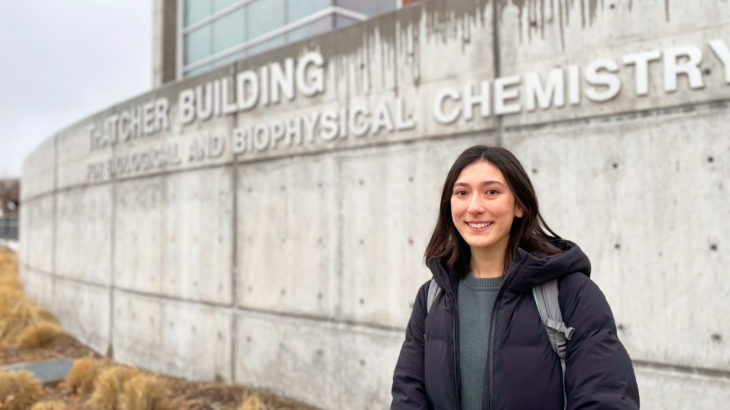Mina Done, a biochemistry major at the University of Utah and a member of the Burrows Lab, is researching a new way to measure oxidative damage in your DNA. This oxidation causes base mutations in DNA that can affect transcription and gene expression. Done’s project can help determine where specifically in DNA the most stress occurs.
“Basically, what I was hoping to understand was to see where in the DNA that we have in our bodies is most susceptible to this damage, whether it occurs in certain areas as opposed to different areas,” Done said. “We’re hoping that the qPCR method will be able to quantify where in the genome or any part of the DNA is susceptible to these kinds of damage.”
Done’s idea was to use qPCR, a technique for amplifying segments of DNA to compare sections of the DNA where oxidative damage occurs. When those sections are amplified, a difference can be observed between sections that have been damaged and those that haven’t.
This information gives a better understanding of where oxidative stress or damage occurs most often in cells.
“Being able to quantify those instances (of damage) can be useful in identifying what areas are most impacted, which can be something that researchers can target for repair and further research into why potentially cancer-causing mechanisms are occurring,” Done said.
Done is a fourth-year student at the U and plans on graduating in spring 2023. She is interested in pursuing medicine and continuing her research.
More articles like this in ‘Student Innovation @ the U!’
Find this article and a lot more in the 2023 “Student Innovation @ the U” report. The publication is presented by the Lassonde Entrepreneur Institute to celebrate student innovators, change-makers, and entrepreneurs.




